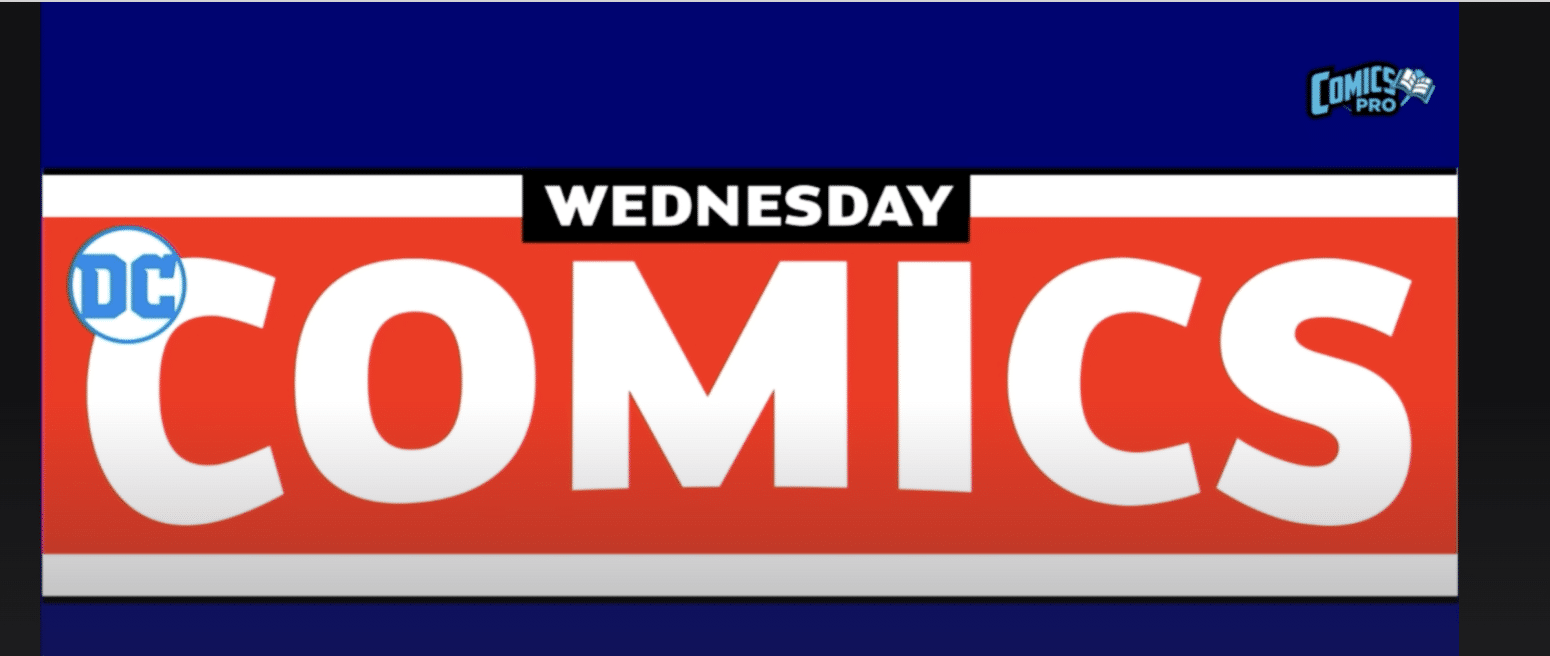
ComicsPRO, the organization for direct market comics store owners, conducted a survey of comics retailers earlier this year – with 2/3 were non-members and 1/3 members. Preliminary results were released at the Comicspro annual meeting, but these numbers drill down a lot more, and the news isn’t that great: sales are generally down and customer pattens and products sold are changing. Both graphic novel sales and periodical sales are down in the majority of stores, from amounts ranging from 1% to 50%. That’s worrying. But there were also some positive signs – some shops numbers were up, and retailers are evolving to meet the challenges of inflation and demographic shifts.
Overall this retailer survey one of the first real snapshots of the make-up of the DM we’ve had in a while.
“In the first of what is hoped to be an annual survey, comics retailers answered demographic and sales questions”. said Marco Davanzo, Executive Director.
This retailer survey was conducted over a period of six weeks and received more responses than any previous ComicsPRO survey, representing a range of geographic locations, number of storefronts, and store ages.
“As a result of the high number of responses and the range of retailers who responded, we are confident that this survey presents a realistic snapshot of the industry as a whole,” explaimed Jenn Haines, Outreach Director and Vice-President of the Board of ComicsPRO in a statement
The following is the results as reported by ComicsPRO, with one small clarification we reached out to Davamzo to make.
Demographics:
- Comic book stores tend to be small, family-owned, independent businesses. 88% of retailers work in their stores full-time. 81% of retailers have single storefronts and 30% of stores reported that they have no employees. Over one-third of retailers reported that they have children at home.
- The vast majority of comic store retailers identify as Caucasian and male. 10% of retailers identify as people of color. 11% of comic retailers identify as female or non-binary. 10% of retailers identify as LGBTQ+.
- 38% of comic shop retailers are between the ages of 30 and 49, while 47% are over the age of 50.
- Almost half the retailers surveyed (47%) have been in business 21 years or more.
Sales:
- 54% of retailers reported gross sales of $300,000 or less in 2023, while 18% of retailers reported gross sales over $1M.
- Overall, sales were down in 2023. The majority of comic book stores (69%) reported lower gross sales in 2023 than in 2022. A bright spot, however, is that 22% of stores reported higher sales in 2023 than in 2022.
- When comparing 2023 sales to 2019 (pre-pandemic), fewer stores experienced a sales decline for that period than they did from 2022 to 2023. 54% of comic book stores reported lower gross sales in 2023 than in 2019. “Comic stores definitely experienced a sales boom in 2022 as people began to spend money on themselves again following the pandemic,” said Haines. “2023 was a tough year because the cost of living rose significantly, reducing the money people were willing to spend on non-essential items.”
- Sales of new comics were down in 73% of comic shops in 2023 vs 2022, while graphic novel sales were down in 65% of comic shops, with a decline of between 1% and 50% reported.
Products Sold:
- The three main products that comic stores sell are new comics, graphic novels, and back issue comics. On average, new comics account for 38% of stores sales, back issues account for 16% and graphic novels account for 18%.
- Diversification of products has become the norm. Most comic stores sell non-comics product.
- Over 80% sell toys
- Over 60% sell card games
- Over 50% sell board games and role-playing games.
- Other items mentioned by over a third of stores are stuffed animals, apparel, packaged food and drink, and prose books.
- The majority of sales occur inside retail stores. But stores are also looking for sales outside of their four walls. 31% of retailers sell directly to schools and libraries. 29% sell at comic conventions. 69% sell via mail order/online sales.
- Almost all stores (97% of respondents) offer comic subscription services at their stores. 57% of stores offer discounts on their new comics, while 39% of stores have a rewards program.
Operations:
- Almost 80% of comic retailers operate using a point of sale system. The most common systems are ComicSuite/RMH, ComicHub, Square, and Shopify.
- 61% of stores spend money on advertising, with the majority of that expenditure happening on social media, especially Facebook.
- When asked to rank a variety of different factors that are important to the success of their businesses, retailers rated the shipping costs from distributors, and incentives such as returnability and extra discounts as most important.
- When asked to rank different issues that retailers feel impact their businesses in a negative manner, the overwhelming response was being required to FOC issue #2 of a series before #1 has come out.
“While it is clear that the majority of the comics industry is experiencing financial strain, retailers seem to agree that their experience of that struggle would be mitigated through more coherent and consistent product data, reduced shipping rates, a continuation of purchasing risks to be shared by the publisher, and the ability to gather effective sales data on issue #1 of a series before having to finalize order numbers for issue #2,” said Haines. “Retailers are compensating for these struggles by diversifying their product mix with toys and games, as well as diversifying their sales channels by selling at conventions, to schools and libraries, and online.”
“The success of this survey helps us establish a baseline to accurately track changes in comics retailing going forward.” said Joe Murray, President of the Board of ComicsPRO. “While it didn’t reveal any simple solutions it highlighted the importance of diversity in both products stores carry to weather downturns and a need for diversity in staffing so different voices can help us reach wider and newer audiences. ComicsPRO thanks all the publishers, vendors, distributors, and retailers who boosted the bandwidth of the survey. We will all benefit from discussions of the results and will use it to focus ComicsPRO’s agenda on critical issues in the upcoming year.”
The 2024 Comics Industry Retailer Survey went live in late January 2024 and accepted responses from comic retailers until mid-March. Various Comic Publishers and Distributors helped ComicsPRO publicize the survey. The results of the survey were kept anonymous – the data had all identifiers stripped before analysis began. All results were used in aggregate to compare the industry and sub-groups.








